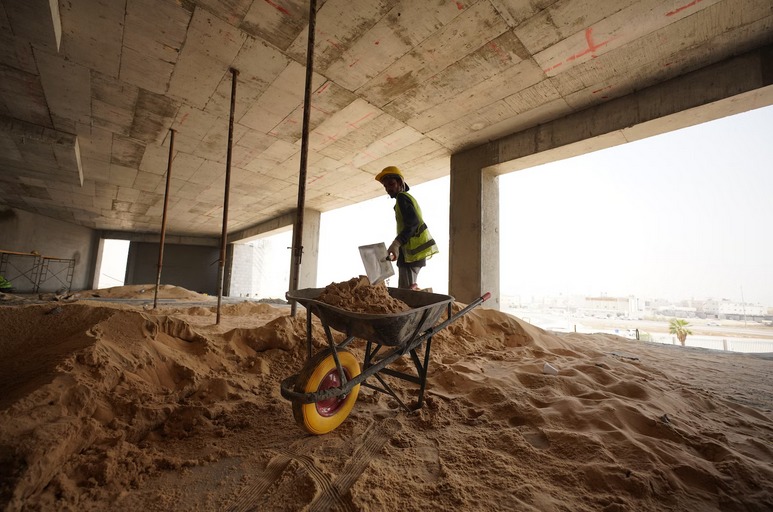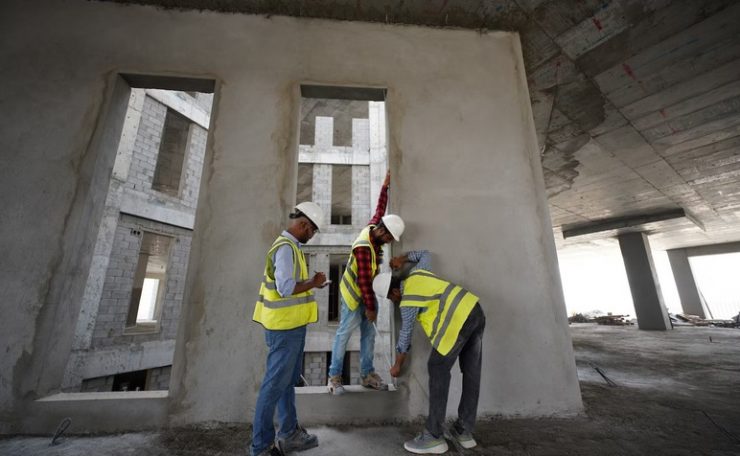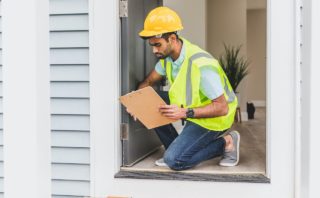Sustainable building practices have gained immense prominence in recent years as the world grapples with the pressing issue of climate change. As individuals and organizations increasingly focus on minimizing their environmental footprint, as suggested on Proplanta and other web pages, sustainable building has become a key area of interest. While the intention behind sustainable building is noble, it’s crucial to be aware of certain blunders that can hinder the success of such projects. In this article, we will explore some common mistakes to avoid when dealing with sustainable building.
Insufficient Planning

One of the most significant blunders in sustainable building is inadequate planning. Rushing into construction without careful consideration of the project’s needs, goals, and limitations can lead to costly mistakes. Before embarking on a sustainable building project, take the time to thoroughly assess energy efficiency strategies, material choices, and overall sustainability goals. Engaging with experts in the field can greatly enhance the planning process, ensuring a comprehensive strategy for sustainable building.
Improper Life Cycle Analysis
Life cycle analysis is an essential component of sustainable building. This analysis takes into consideration the environmental impact of a building throughout its entire life span, from raw material extraction to disposal. Neglecting to conduct a life cycle analysis can result in misinformed decisions. By considering factors such as embodied energy, carbon emissions, and maintenance requirements, architects and builders can make informed choices to minimize environmental harm over the building’s lifespan.
Zero Energy Efficiency
Overlooking the implementation of energy-efficient systems and technologies can undermine the goal of reducing the building’s carbon footprint. Incorporating features like proper insulation, efficient heating and cooling systems, LED lighting, and renewable energy sources can significantly decrease energy consumption and costs. Ignoring these measures not only harms the environment but also impacts the long-term financial viability of the building.
Low-Quality Materials

Selecting inappropriate materials can be a major blunder when it comes to sustainable building. Many construction materials have high carbon footprints. Opting for alternative materials like recycled or locally sourced products can greatly reduce the environmental impact. Additionally, considering materials with low volatile organic compound (VOC) emissions contributes to healthier indoor air quality. Thoroughly researching and sourcing sustainable materials is essential to avoid this costly mistake.
Lack of Stakeholder Engagement
Failure to engage stakeholders, including architects, builders, occupants, and local communities, can hamper the success of sustainable building projects. By involving all parties from the early planning stages, diverse perspectives and expertise can influence decision-making. Collaborative efforts ensure that sustainable building practices align with the needs and expectations of occupants, leading to improved performance and overall satisfaction.
Sustainable building offers tremendous potential in combatting climate change and creating a more environmentally responsible future. To avoid blunders that hinder the success of sustainable building projects, careful planning, life cycle analysis, consideration of energy efficiency, appropriate material selection, and stakeholder engagement are vital.





